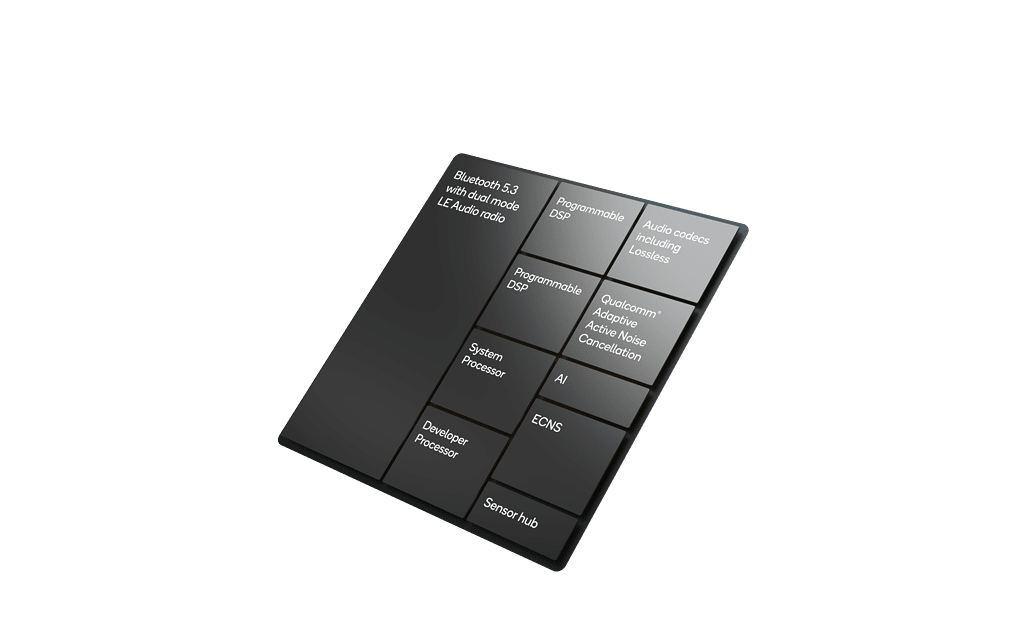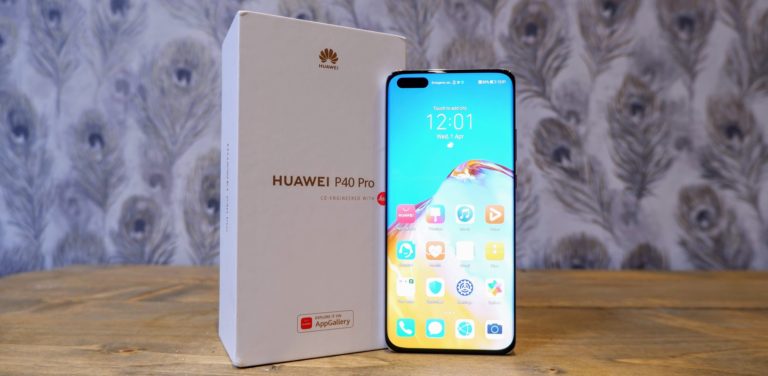Any links to online stores should be assumed to be affiliates. The company or PR agency provides all or most review samples. They have no control over my content, and I provide my honest opinion.
For those of us neck-deep in the world of consumer technology, acronyms like CPU, GPU, and RAM are all too familiar. But if you’ve ever stumbled upon the term “SoC” and found yourself scratching your head, you’re not alone. SoC, or System-on-a-Chip, is a term that’s gaining prominence as our gadgets get smaller, yet more powerful. In today’s blog post, I’ll be peeling back the layers of what an SoC is, its critical components, and why it’s becoming increasingly important in today’s tech landscape.
What is a SoC (System on Chip): More Than Just a Processor
At its core, an SoC is essentially an entire computer compacted into a single chip. Imagine a bustling city shrunk down to fit on a coin—that’s what an SoC aims to do for a device. Traditional computer systems would have separate chips for different functions like processing, graphics rendering, and data storage. An SoC integrates these distinct elements into one. From a reviewer’s standpoint, it’s fascinating to observe how this single piece of silicon can essentially power an entire device.
Key Components: What Makes Up an SoC?
The architecture of an SoC can vary from manufacturer to manufacturer, but most SoCs comprise a CPU (Central Processing Unit), GPU (Graphics Processing Unit), memory, I/O ports, and often, other specialised processors for tasks like image or signal processing. Essentially, it’s like having an entire computer motherboard but in a condensed form. If you’ve ever wondered how your smartphone can handle complex tasks like real-time video streaming or 3D gaming, the SoC is doing most of the heavy lifting.
The SoC in Mobile Computing: A Game Changer

When I look at the realm of smartphones and tablets, the SoC is essentially their heartbeat. Qualcomm’s Snapdragon, Apple’s A-series, and Samsung’s Exynos chips are all examples of SoCs designed specifically for mobile devices. They are optimised for low power consumption and high performance, two metrics that are critical for portability and user experience.
Beyond Mobile: SoCs in Other Technologies
While SoCs have a stronghold in mobile computing, their application doesn’t end there. In the world of smart home technology and IoT (Internet of Things), SoCs are increasingly common. They power everything from smart thermostats to intelligent doorbells. Even in automotive tech, SoCs are beginning to replace traditional microcontroller units (MCUs) for tasks like navigation, connectivity, and sensor data processing.
The Future of SoC: What’s Next?
In terms of technological progress, the SoC represents a shift towards integration and efficiency. As we move into an era of smaller, more capable devices, the SoC will only grow in relevance. Think about technologies like augmented reality glasses or even implantable medical devices. The limitations on size and power consumption for such gadgets make SoCs not just desirable but practically essential.
Conclusion
The SoC is, without a doubt, a marvel of modern engineering. As someone engrossed in all things tech, I find the evolution of SoCs to be a thrilling journey to follow. They have become the cornerstone of many of the technologies we use daily and will continue to shape the future of electronics as we know it.
The tale of the SoC is an ongoing narrative in our collective technological journey. And as this tale unfolds, it serves as a testament to human ingenuity, compressing an ever-expanding world of possibilities into a piece of silicon smaller than a postage stamp.
I am James, a UK-based tech enthusiast and the Editor and Owner of Mighty Gadget, which I’ve proudly run since 2007. Passionate about all things technology, my expertise spans from computers and networking to mobile, wearables, and smart home devices.
As a fitness fanatic who loves running and cycling, I also have a keen interest in fitness-related technology, and I take every opportunity to cover this niche on my blog. My diverse interests allow me to bring a unique perspective to tech blogging, merging lifestyle, fitness, and the latest tech trends.
In my academic pursuits, I earned a BSc in Information Systems Design from UCLAN, before advancing my learning with a Master’s Degree in Computing. This advanced study also included Cisco CCNA accreditation, further demonstrating my commitment to understanding and staying ahead of the technology curve.
I’m proud to share that Vuelio has consistently ranked Mighty Gadget as one of the top technology blogs in the UK. With my dedication to technology and drive to share my insights, I aim to continue providing my readers with engaging and informative content.







